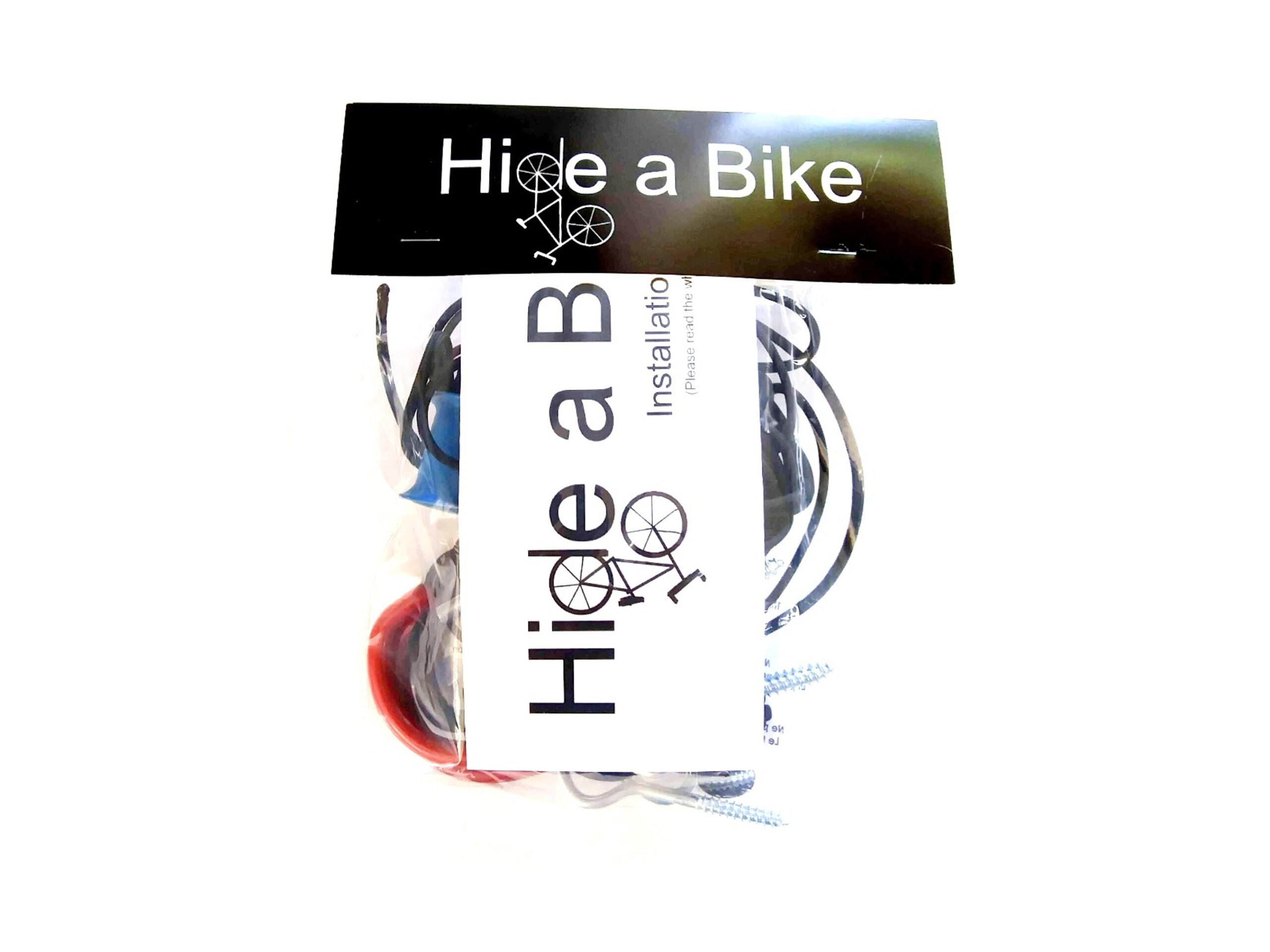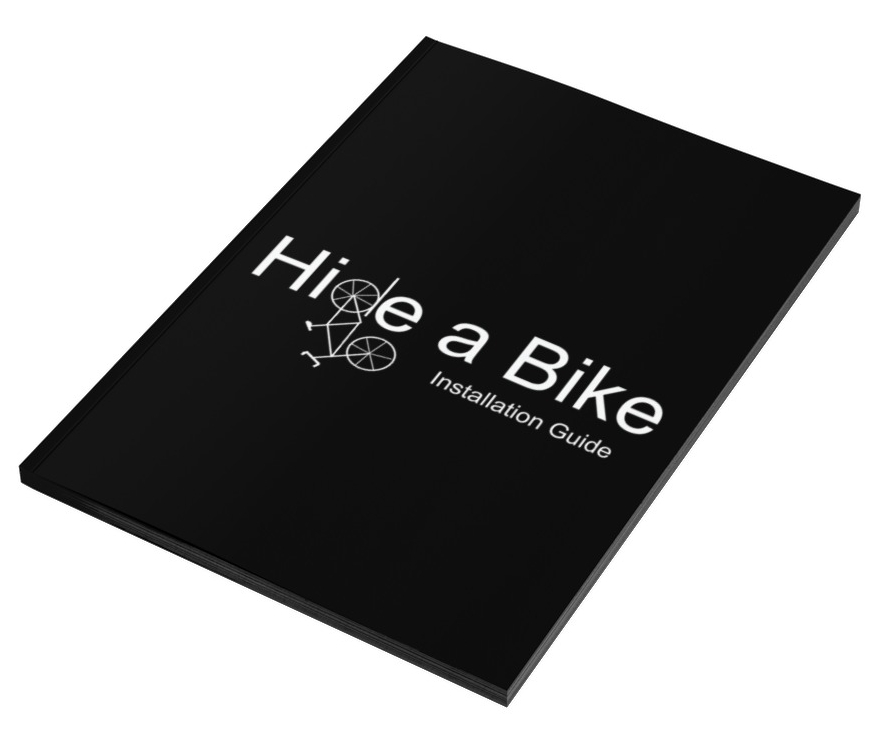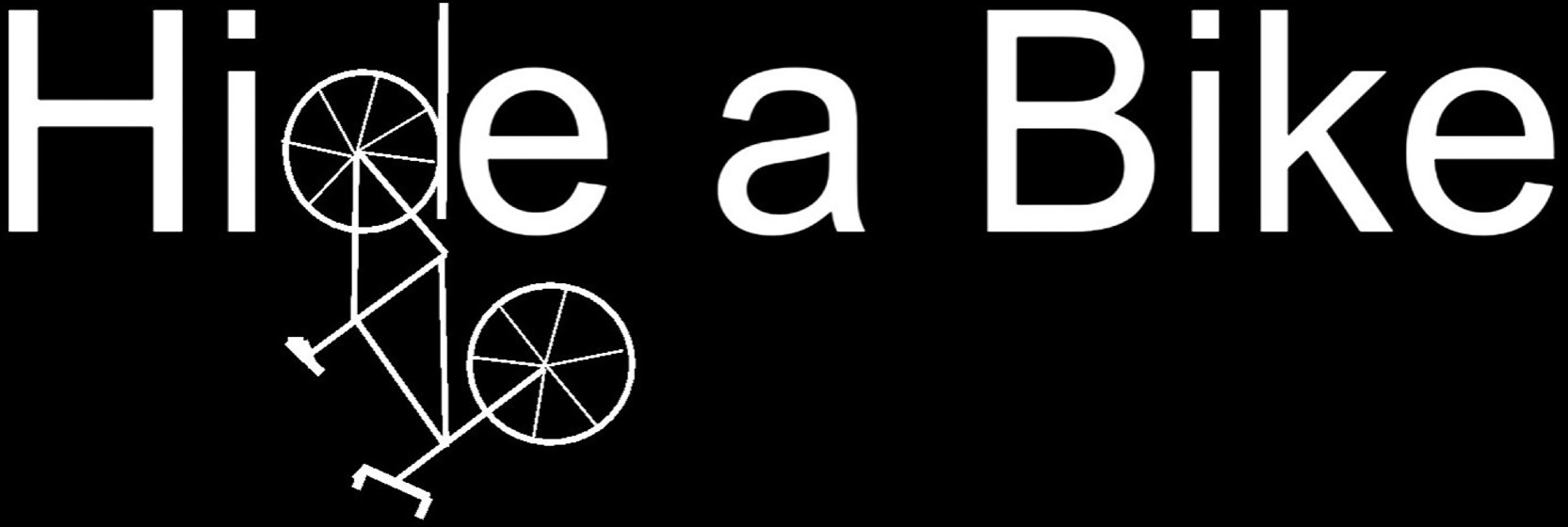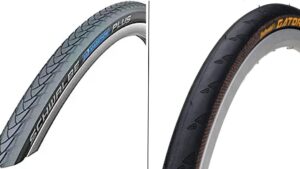Bike Buying 101: A Guide To Finding The Perfect Ride

Bicycles have become very specialized. Some are meant for trails, some are meant for roads, and some are hybrids. Find what will suit your needs best!
*This article may contain affiliate ads that help to support this site*
Choosing the right bike can be a daunting task, especially if you’re new to cycling. With so many different types of bikes available and various factors to consider, it can be overwhelming to know where to start. However, taking the time to choose the right bike is crucial to your overall cycling experience. Riding a bike that is comfortable, fits your needs and preferences, and suits your riding style will make cycling more enjoyable and encourage you to stick with it.
When choosing a bike, there are several factors to keep in mind, such as your riding style, budget, and fit. Each of these factors will play a significant role in determining which bike is best for you. By taking the time to research and explore your options, you can find a bike that meets your needs and helps you achieve your cycling goals.
Determine Your Riding Style
The first step in choosing the right bike for you is determining your riding style. There are several types of bikes available, each designed for a specific type of riding. The most common types of bikes include road bikes, mountain bikes, hybrid bikes, and commuter bikes.
Road bikes are designed for speed and efficiency on smooth roads. They typically have narrow tires, lightweight frames, and drop handlebars. The riding position is very aggressive so that you will be as aerodynamic as possible, not necessarily as comfortable as possible. If you’re looking to ride long distances or participate in road races, a road bike may be the best option for you.
Mountain bikes, on the other hand, are designed for off-road terrain. They typically have wider tires, suspension systems, and flat handlebars. If you’re planning on riding on dirt trails or rocky terrain, a mountain bike will be your best bet.
Hybrid bikes are a combination of road and mountain bikes, designed for versatile riding. They typically have wider tires than road bikes but narrower tires than mountain bikes. They may also have a suspension system and flat handlebars. If you’re looking for a bike that can handle a variety of terrains and riding styles, a hybrid bike may be the best option for you.
Commuter bikes are designed for everyday use, such as commuting to work or running errands. They typically have a more upright riding position, wider tires, and features such as fenders and racks. If you’re looking for a bike to use for daily transportation, a commuter bike is probably the way to go.
When choosing your bike, consider your riding goals and preferences. Think about the terrain you’ll be riding on, the distances you’ll be covering, and the type of riding you’ll be doing. Consider the riding position which you like best. By determining your riding style, you can narrow down your options and choose a bike that is best suited for your needs.
Consider Your Budget
Another important factor to consider when choosing a bike is your budget. Bikes can range in price from a few hundred dollars to several thousand dollars, depending on the type of bike and its features.
It’s important to determine your budget before you start shopping for a bike. This will help you narrow down your options and find a bike that fits your needs and your wallet. Keep in mind that you may need to purchase additional gear such as helmets, shoes, and clothing, so factor these costs into your budget as well.
When considering your budget, think about the type of riding you’ll be doing and how often you’ll be riding. If you’re a casual rider, a less expensive bike may be a good option for you. If you’re a serious cyclist, investing in a higher-end bike may be worth the cost.
Keep in mind that just because a bike is expensive doesn’t necessarily mean it’s the best option for you. It’s important to choose a bike that fits your needs and preferences, regardless of its price tag. Look for a bike that is well-made and has the features you need, without breaking the bank.
Determining your riding style and considering your budget are two important factors to consider when choosing the right bike for you. By taking the time to research and explore your options, you can find a bike that meets your needs and fits your budget.
Make Sure The Frame Fits Your Body
One of the most important factors to consider when choosing a bike is getting the right fit. A bike that fits well will be more comfortable to ride and can also help prevent injuries.
To get the right fit, it’s important to consider several factors, including your height, inseam length, and riding style. Here are some tips to help you find a bike that fits you properly:
Measure Your Height and Inseam:
The first step in finding the right bike fit is to measure your height and inseam. Your height will determine the size of the bike frame you need, while your inseam will determine the height of the seat and the length of the bike’s top tube.
To measure your height, stand barefoot against a wall with your back straight and your feet together. Use a tape measure to measure the distance from the floor to the top of your head.
To measure your inseam, stand barefoot against a wall with your feet shoulder-width apart. Place a book between your legs, with the spine facing up, and raise it until it is snug against your crotch. Use a tape measure to measure the distance from the top of the book to the floor.
Consider Your Riding Style:
The type of riding you plan to do will also impact the fit of your bike. For example, a road bike will have a different fit than a mountain bike or a commuter bike. When selecting a bike, consider your riding style and choose a bike that is designed for the type of riding you plan to do.
Test Ride Several Bikes:
Once you have an idea of the size and style of bike you need, it’s important to test ride several bikes to find the right fit. Most bike shops will allow you to test ride bikes before making a purchase.
When test riding bikes, pay attention to how the bike feels and fits your body. Make sure the bike is comfortable to ride and that you can easily reach the handlebars and pedals. Remember you can always change the saddle later. You really just want to make sure that the position of you body is comfortable more than anything else.
Adjust the Bike to Fit You:
Once you have selected a bike, it’s important to make any necessary adjustments to make the bike unique to your body. This may include adjusting the seat height and handlebar position.
If you’re not comfortable making these adjustments yourself, take your bike to a professional bike shop to have it properly fitted.
Getting the right fit is essential to ensure a comfortable ride and to help prevent injuries. By measuring your height and inseam, considering your riding style, test riding several bikes, and adjusting the bike to fit you properly, you can find a bike that fits you like a glove. Remember, a properly fitted bike will not only be more comfortable to ride but will also make your cycling experience more enjoyable.

Hide A Bike Kit
Is your garage starting to become a mess? Save space by storing your bikes flat against the ceiling.
Do A Test Ride Before Buying Anything
After considering your riding style, budget, and getting the right fit, the final step in choosing the right bike for you is to test ride and finalize your decision.
Before making a final decision, you will probably be interested in a couple different models. Give each one a test ride to see what suits you best. Test riding a bike is an essential part of the process because it allows you to experience how the bike handles and feels on the road. Here are some tips to help you make the most of your test ride:
Find a Safe and Quiet Place to Ride: When test riding a bike, it’s important to find a safe and quiet place to ride. Look for a location that has smooth roads or bike paths, minimal traffic, and no distractions.
Bring Your Gear:To get a feel for how the bike will handle during regular rides, it’s important to bring the gear you plan to use when riding the bike. This includes your helmet, cycling shoes, and any other gear you plan to use.
Take Your Time:During the test ride, take your time and pay attention to how the bike feels. Try out different gears and see how the bike handles turns, hills, and other obstacles.
Ask Questions:If you have any questions about the bike or its features, don’t hesitate to ask the salesperson. They can provide you with valuable insights and help you make an informed decision.
Finalize Your Decision: After test riding several bikes and considering all of the factors, it’s time to finalize your decision. Choose the bike that feels the most comfortable and suits your riding needs. When making your final decision, consider the warranty, customer service, and maintenance options offered by the bike shop. This will ensure that you have the support you need if you have any issues with the bike.
Test riding a bike is a crucial step in choosing the right bike for you. By finding a safe and quiet place to ride, bringing your gear, taking your time, and asking questions, you can choose a bike that meets your needs.

Hide-A-Bike Installation Guide
If you want to put together a Hide-A-Bike kit for yourself, just download these easy to follow, step-by-step directions, complete with a full hardware and parts list.
Conclusion
Choosing the right bike is essential to your overall cycling experience. Whether you’re using your bike for commuting, leisure riding, or fitness, having a bike that is comfortable, fits your needs, and suits your riding style will encourage you to ride more often!
Before making that final purchase consider factors such as your riding style, budget, and fit. By taking the time to research and explore your options, you can find a bike that meets your needs and helps you achieve your cycling goals.
Remember, test riding a bike is an essential part of the decision-making process. Take the time to test ride several bikes and compare them to each other. Look for a bike that feels comfortable and handles well.
By following the steps in this guide, you should be able to find the perfect bike for your needs. So what are you waiting for? Get outside and start pedaling!
Share This Article With A Friend
Did You Read This Whole Article?

You deserve a gift! Enter your email to receive a FREE copy of the Hide-A-Bike Installation Guide! And once a month we will send you a newsletter with the best deals on the internet for bicycle gear and accessories.
About Hide A Bike

Save space by keeping your bike flat against the ceiling with the original easy and convenient bicycle storage solution.
Thank You For Visiting!

You deserve a gift! Enter your email to receive a FREE copy of the Hide-A-Bike Installation guide. And once a month we will send you a newsletter with links to our best finds on bicycle gear and accessories.
Share This Article:
Most Popular Articles:
Article Categories:
Related Articles:

Wheels Of Change: The Role Of Bicycles For Social Justice

Explore The Unique Bond Of Biking With Your Dog






